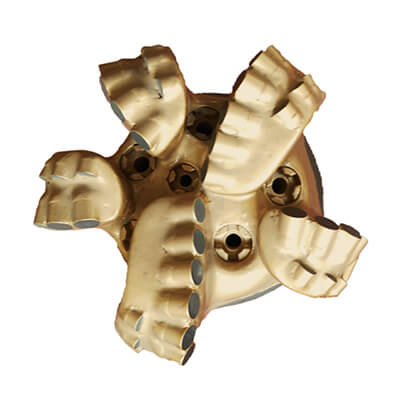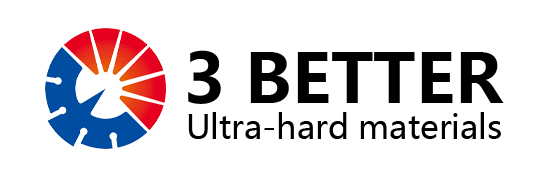The drilling industry is undergoing a quiet but significant shift as matrix-body(sintered) PDC bits gradually lose their dominance. While these bits were once the standard for durability in abrasive formations, evolving drilling demands and technological limitations are driving their decline. Here’s a closer look at the key reasons behind this transition.

1. Thermal Instability of Matrix-Body PDC Drill Bits in High-Temperature Environments
Matrix-body PDC bits struggle under extreme heat. The sintered tungsten carbide matrix, while robust, becomes prone to micro-fractures when exposed to sustained temperatures above 350°C. Simultaneously, PDC cutters experience accelerated thermal degradation, reducing cutting efficiency and bit life. As drilling operations push into deeper, hotter formations—such as geothermal wells and high-pressure/high-temperature (HPHT) reservoirs—this thermal weakness becomes a critical drawback.
2. Limited Design Flexibility for Complex Formations
The sintering process used to manufacture matrix-body bits restricts design adaptability. Modern drilling increasingly encounters heterogeneous formations—interbedded rock layers, hard/soft transitions, and mixed lithologies—requiring dynamic cutter layouts and optimized hydraulics. Matrix-body bits, with their fixed geometries, cannot easily incorporate advanced features such as:
- Asymmetric cutter placement (for vibration reduction)
- Precision fluid dynamics (for better cuttings removal)
- Customized blade profiles (for formation-specific performance)
This rigidity makes them less effective in today’s complex drilling environments.
3. Weight and Efficiency Trade-Offs
Matrix-body bits are inherently heavier due to their dense tungsten carbide construction. While this provides abrasion resistance, it also increases:
- Torque demands, raising energy consumption
- Surface weight requirements, limiting rig flexibility
- Rate of Penetration (ROP) penalties, particularly in deep or directional wells
Lighter alternatives (e.g., steel-body bits) now offer comparable durability with better hydraulic efficiency and faster ROP—key metrics for cost-sensitive operations.
4. Vulnerability to Impact Damage
The brittleness of sintered matrix materials makes these bits susceptible to sudden failures in:
- Hard, fractured formations (e.g., chert, quartzite)
- Directional drilling applications (where lateral vibrations are common)
- Unconventional plays (with erratic lithology changes)
Even minor impacts can propagate cracks, leading to catastrophic cutter loss—a risk less prevalent in more ductile materials.
5. Economic and Environmental Pressures
Drilling economics now prioritize:
- Faster ROP to reduce rig time
- Lower energy use per foot drilled
- Longer bit life with predictable wear
Matrix-body bits, with their higher break-in periods and torque requirements, struggle to meet these benchmarks. Additionally, their manufacturing process (high-temperature sintering) is energy-intensive, conflicting with sustainability goals.
The Path Forward
The decline of matrix-body PDC bits isn’t a failure of the technology but a reflection of changing industry needs. As drilling targets grow more challenging—deeper, hotter, and more geologically complex—the limitations of sintered matrices become increasingly apparent. Innovations in materials science and bit design are now paving the way for alternatives that address these weaknesses without sacrificing durability.
For drilling professionals, understanding this shift is key to optimizing performance in the next era of well construction.
Click to view the more popular Steel Body PDC Drill Bits products.


